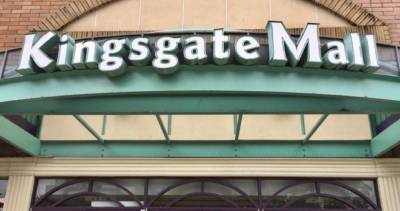School food lineups growing across B.C.
In Surrey, northern B.C., and Vancouver’s inner city, some of the programs that feed breakfast to elementary and high-school students have been deluged with twice the number of hungry kids as last year. That’s according to Lisa Werring, the B.C. coordinator of the nonprofit Breakfast for Learning. For her, it’s meant dozens of desperate phone calls from parent volunteers at schools, looking for more dollars.
“If this is just the beginning of the economic decline, I dread what’s going to happen six months down the road,” she told the Georgia Straight by phone from Surrey. “Everywhere across the province, numbers are up 25 to 100 percent just in the past two months.”
Werring’s agency feeds about 20,000 B.C. kids each school day at 211 schools. The program is part of a patchwork of public and private initiatives, including individual schools’ parent-advisory-council fundraising efforts, corporate donations, the province’s $14-million lunch program, and snacks provided through the B.C. branch of the Agriculture in the Classroom initiative.
The dribs-and-drabs approach means programs are strapped for resources, Werring said. That’s why BFL is lobbying the federal government to institute a national child-nutrition program, she explained. In a research paper released this January, BFL reported that the U.S. spends about US$12 billion a year on such national programs—Canada, zero.
“Hungry kids can’t learn,” Werring said. “This is a situation, with the provincial election coming up, the government needs to be made aware of.”
For example, Strathcona Community Centre recreation director Ron Suzuki sounded the alarm that the decade-old, volunteer-run breakfast program is about $30,000 over budget. In a phone interview with the Straight, he said attendance at the inner-city program has jumped over the past year, and they’re feeding more than 200 kids breakfast and snacks each school day. During spring break, he said, the Holiday Safe Place program feeds 120 kids breakfast, lunch, and a snack, and is in danger of running out of money.
“The scary part is, we don’t just see an increase in numbers; the children seem to be hungrier,” Suzuki said.
He recently approached the Vancouver park board to help fund the centre’s 15 food-related programs and hire a staff person to coordinate the planning, shopping, and grant applications. Currently, the programs are funded by several corporate donations and run largely by volunteers.
Park board commissioner Constance Barnes isn’t sure how to fix Strathcona Community Centre’s funding gap. She vividly recalls her days raising two kids as a single mom in Vancouver.
“I understand we’re not social assistance, and it [funding Strathcona’s programs and a staff person] would open up a huge can of worms,” she told the Straight, noting that the City of Vancouver has a hiring freeze on. “But we have to open it up. If it’s not the park board’s responsibility, whose is it? I am determined to work hard to figure out what to do here.”
According to BFL’s research, B.C. already spends the most of any province on school food programs: $14 million. Alberta spends nothing, as do the Northwest Territories and Nunavut. The report advocating a national school-meal program noted that the economic crisis, food-price inflation, and an increase in diet-related diseases such as Type II diabetes are converging to “undermine children’s health”.
BFL’s biggest national donors include Transcontinental and A & P Canada Company, according to its 2008 annual report. In Vancouver, school breakfast programs at Mount Pleasant, Seymour, Grandview, Britannia, and Strathcona elementary schools are funded by CIBC Wood Gundy.















Comments